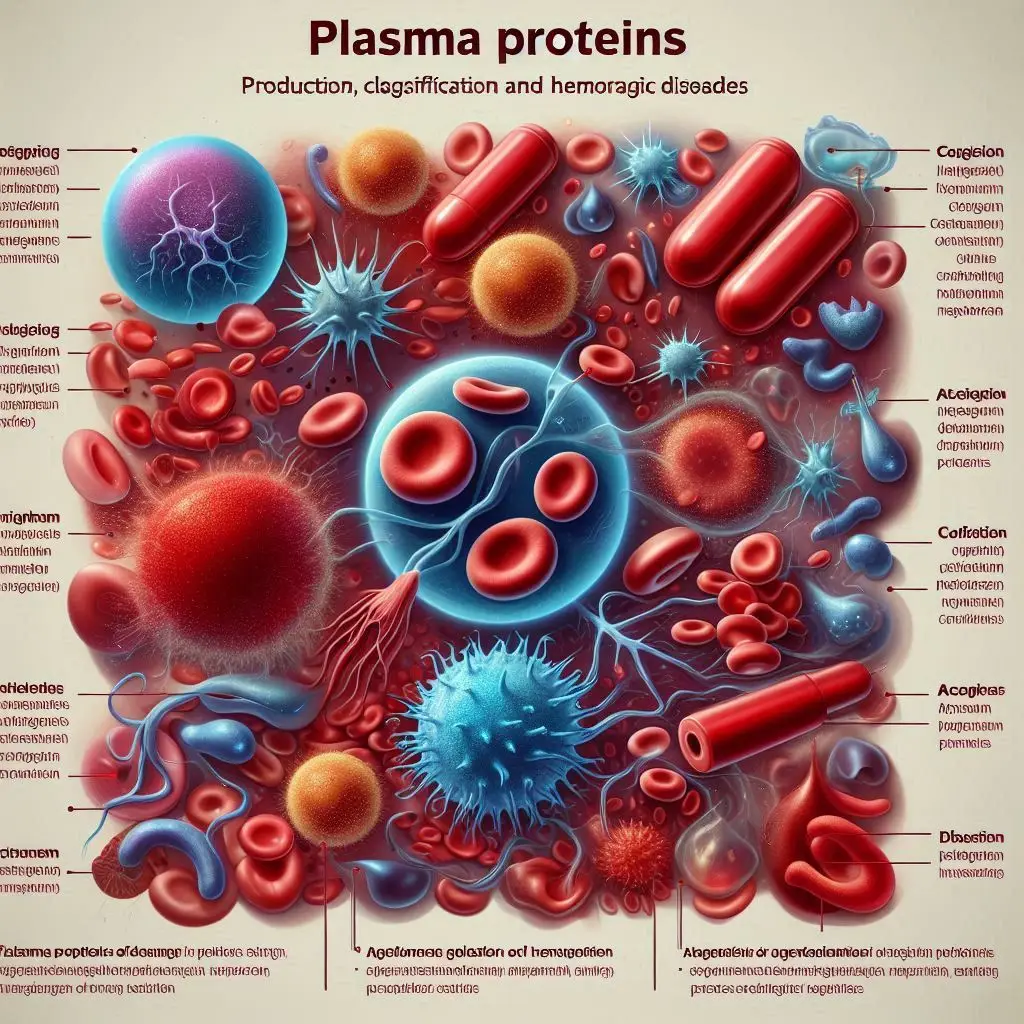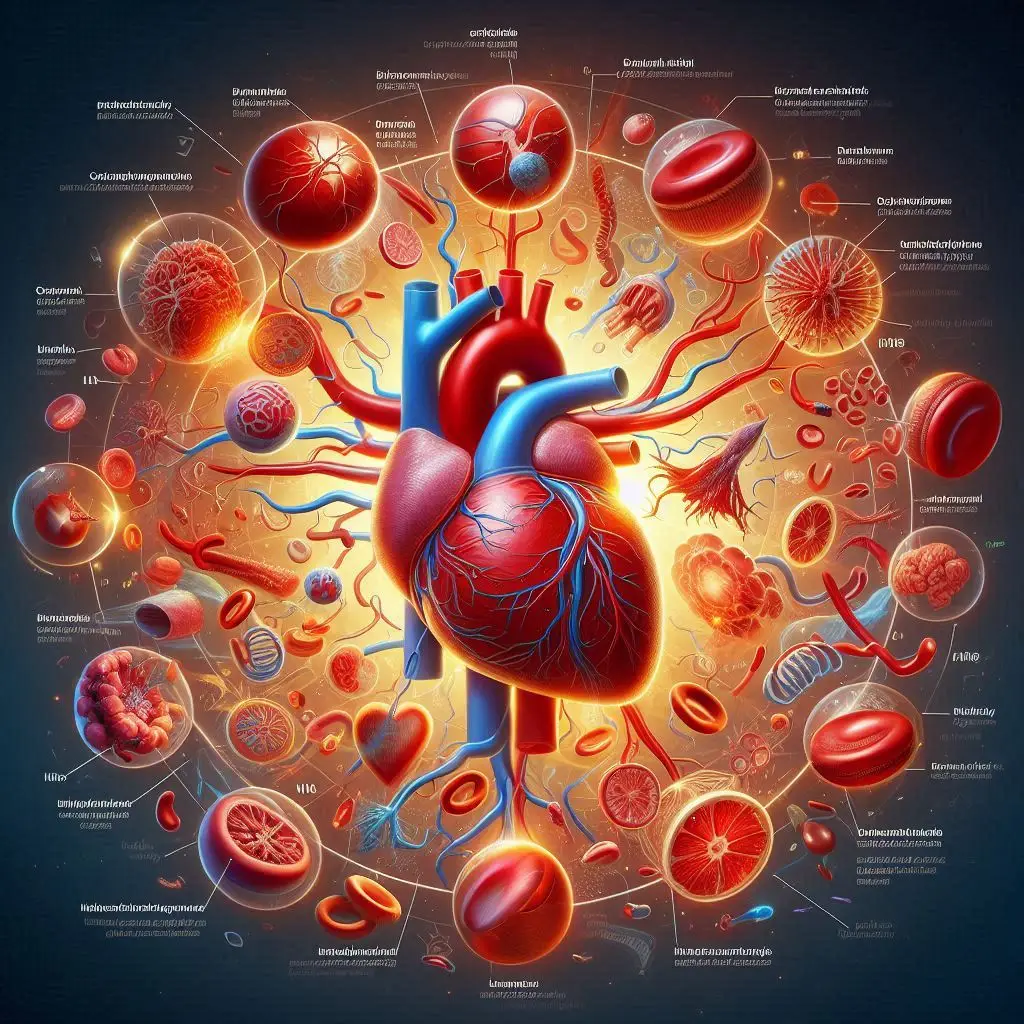Osmoregulation: Maintaining Fluid Balance in the Body

Osmoregulation is a vital process that helps organisms maintain the right balance of water and electrolytes in their body fluids. By regulating osmotic pressure across semi-permeable membranes, this process prevents body fluids from becoming too diluted or concentrated. As a result, cells can function properly, which is essential for maintaining homeostasis.
The Importance of Osmoregulation
Understanding osmoregulation is crucial for life. When body fluids become too diluted or concentrated, serious health issues can arise. For instance, hyponatremia occurs when sodium levels in the blood drop too low. This condition causes water to move into cells, leading to swelling. In the brain, this swelling can result in seizures, coma, or even brain damage. Conversely, hypernatremia arises when there is too little water in the body compared to sodium, potentially leading to organ failure and death. Maintaining the right balance of water and solutes is a delicate task that all organisms must perform to survive. Aquatic organisms constantly face the challenge of preventing their cells from either shriveling due to osmotic loss of water or bursting from excessive water intake. Meanwhile, terrestrial organisms must carefully regulate their internal water balance to avoid dehydration.
Key Organs and Mechanisms of Osmoregulation
In humans and other mammals, several organs and mechanisms work together to maintain osmotic balance:
Kidneys
The kidneys play a major role in osmoregulation by controlling the amount of fluid reabsorbed from the glomerular filtrate. They adjust the reabsorption of water and electrolytes like sodium, potassium, and chloride to maintain homeostasis. On average, the kidneys filter about 180 liters of fluid each day. This allows them to rapidly and precisely regulate the composition of body fluids. Hormones such as antidiuretic hormone (ADH), aldosterone, and angiotensin II modulate the reabsorption of water and solutes.
Hypothalamus and Pituitary Gland
The hypothalamus contains osmoreceptors that detect changes in the osmolarity of extracellular fluid. When the hypothalamus senses that body fluids are becoming too concentrated, it triggers the release of ADH from the posterior pituitary gland. ADH travels through the bloodstream to the kidneys, where it increases water reabsorption in the collecting ducts. Consequently, this reduces urine output and helps restore normal osmolarity. Additionally, the hypothalamus stimulates thirst in response to dehydration, further assisting in fluid balance.
Renin-Angiotensin-Aldosterone System
The renin-angiotensin-aldosterone system (RAAS) is another key player in osmoregulation. It activates when blood volume or pressure drops, such as during dehydration or blood loss. Renin, an enzyme released by the kidneys, starts a cascade that leads to the production of angiotensin II. This hormone has several effects that help restore fluid balance:
- It stimulates the adrenal glands to release aldosterone, which increases sodium reabsorption in the kidneys.
- It directly causes blood vessels to constrict, raising blood pressure.
- It promotes thirst and ADH release, increasing fluid intake and retention.
Skin and Lungs
Both the skin and lungs contribute to osmoregulation by excreting water. Sweating helps cool the body while also removing some water and electrolytes. Additionally, breathing moist air out of the lungs results in water loss.
Osmoregulation in Different Environments
Organisms have evolved various strategies to cope with the osmoregulatory challenges posed by their environments:
Marine Organisms
Most marine invertebrates are osmoconformers, meaning their body fluids have the same osmolarity as seawater. This adaptation prevents osmotic water loss or gain. On the other hand, marine vertebrates like bony fishes are osmoregulators. They actively pump out excess salts and retain water to maintain a lower osmolarity than their environment. Marine mammals, such as seals and whales, have adaptations to minimize water loss. They rarely drink seawater and instead rely on metabolic water and water in their food. Their kidneys are highly efficient at conserving water while excreting salt.
Freshwater Organisms
Freshwater organisms face the opposite challenge: preventing osmotic water gain and salt loss. Freshwater fishes actively pump salts in while expelling excess water through their gills. Their kidneys produce large volumes of very dilute urine to excrete excess water. Some freshwater invertebrates, like shrimp, have evolved specialized salt-secreting organs to help them osmoregulate. Aquatic amphibians, such as frogs, can absorb water and salts directly through their permeable skin.
Terrestrial Organisms
Terrestrial organisms must prevent evaporative water loss while still excreting metabolic wastes. The skin of these animals is relatively impermeable to water, and they have various mechanisms to retain it:
- Kidneys produce small volumes of concentrated urine to conserve water.
- Lungs reabsorb water from exhaled air.
- Terrestrial arthropods, like insects, have a waxy exoskeleton that helps prevent dehydration.
Additionally, terrestrial organisms face the challenge of obtaining water in dry environments. Many have adaptations, such as the camel’s hump or the kangaroo rat’s ability to extract water from seeds, allowing them to survive with minimal free water intake.
Conclusion
In summary, osmoregulation is a complex and fascinating process that allows organisms to maintain fluid balance in a wide variety of environments. From the microscopic mechanisms of ion pumps to the integrated actions of organs like the kidneys and skin, osmoregulation is essential for life. Understanding this process is not only biologically interesting but also clinically relevant, as imbalances in water and electrolytes can lead to serious health consequences. By exploring the diverse strategies used by different organisms to osmoregulate, we gain a deeper appreciation for the adaptability and complexity of life.
For more pearls of Vets Wisdom:





Responses